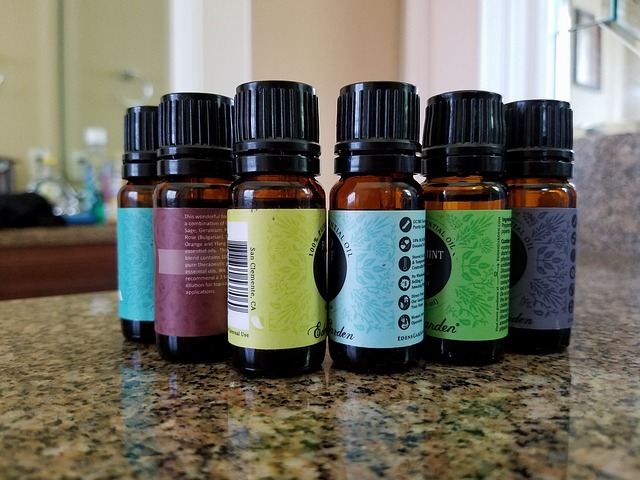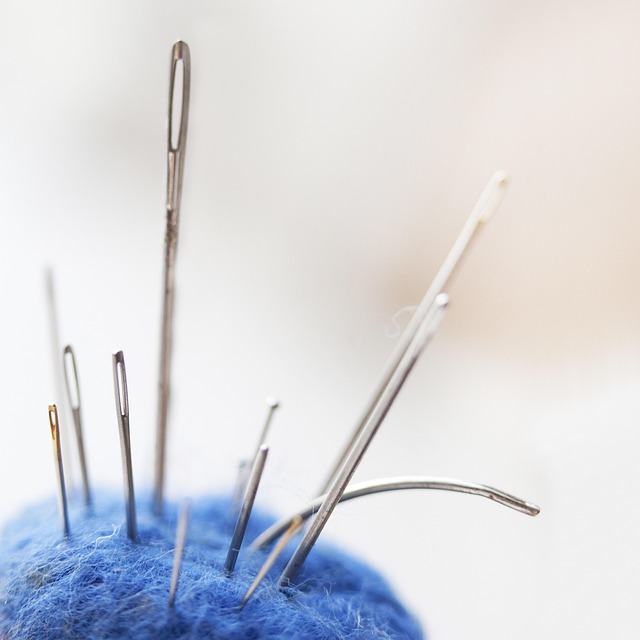Introduction: Painting Landscapes with Wool
Needle felted landscape art is a captivating craft where you essentially 'paint' with wool fibers. By repeatedly guiding a barbed needle into loose wool, you encourage the fibers to tangle and compress, transforming them into solid felt fabric. This tactile process allows you to sculpt miniature, textured scenes inspired by nature, from serene hillsides to dramatic coastlines. Best of all, it's a remarkably forgiving and accessible art form for beginners.
Essential Materials and Tools

To embark on your needle felting adventure, gather these essential supplies:
- Felting Needles: Specialized needles with barbs. They come in various gauges (sizes) and shapes (e.g., triangle, star, spiral). Start with a medium gauge (e.g., 36 or 38 gauge triangle) for general work and a finer gauge (40+) for details.
- Wool Roving/Batts: Carded wool fibers. Choose a palette reflecting your desired landscape (blues for sky, greens for land, browns for earth, etc.). Merino is soft and blends well; Corriedale is durable and felts quickly. Having various shades of each color helps create depth.
- Felting Surface: A dense foam pad, wool mat, or sturdy brush-like mat. This protects your needles and work surface.
- Base Fabric/Material: Something to felt onto. Options include thick craft felt sheets, prefelt, hessian/burlap stretched on a frame, or even a sturdy wool fabric.
- Optional Embellishments: Silk fibers (for water shimmer), wool nepps (for texture), curly wool locks (for sheep or bushes), embroidery floss, or beads can add unique details.
Step-by-Step Guide: Crafting Your First Landscape
- Prepare Your Base: Secure your chosen base fabric onto your felting surface.
- Lay Down the Sky: Tear off thin, wispy layers of light blue wool roving. Place them on the top portion of your base. Gently and evenly stab the wool with your needle until it starts integrating with the base. Layer darker blues towards the top and add wisps of white for clouds, blending the edges softly.
- Establish the Horizon: Select wool for your distant landforms (hills, mountains). Tear off a strip and position it across the base, overlapping the sky slightly. Felt this layer down, keeping the horizon line relatively defined.
- Build the Mid-ground & Foreground: Layer shades of green (and perhaps browns or yellows) for fields, meadows, or forests. Apply thicker layers in the foreground than the background to enhance perspective. Use directional stabbing to suggest grass texture.
- Incorporate Details: Use small amounts of contrasting wool colors to add elements like trees (brown trunks, green tops), rocks (greys, browns), paths, or tiny flowers. A finer gauge needle helps with precision here.
Tips for Creating Realistic Depth and Texture
- Layering for Depth: Apply wool in thin, successive layers. This allows colors underneath to subtly show through, creating richer tones and a sense of atmosphere. Start with background elements and work forwards.
- Strategic Shading: Blend related colors (e.g., dark green and light green) to create highlights and shadows on hills, under trees, or within clouds. This adds volume and realism.
- Textural Variety: Don't felt everything completely flat. Allow some areas (like foreground grass or fluffy clouds) to remain slightly raised. Use different wool types (like curly locks) for specific textures.
- Perspective Tricks: Use progressively smaller shapes, less vibrant colors, and finer details for elements in the distance. Foreground elements should be larger, brighter, and more textured.
- Blending Techniques: Use your needle at an angle to gently comb fibers from one color area into another for smooth transitions, especially in skies or water.
Advancing Your Skills: Adding Dimension
Ready for more? Explore techniques like sculpting 3D elements (trees with distinct trunks and branches, protruding rocks) directly onto your landscape. You can also incorporate wire armatures for structural support in larger elements or combine needle felting with wet felting for unique background effects. Adding mixed media like stitched details or beads can further enhance your artwork.
Resources for Continued Learning
Continue exploring the world of needle felted landscapes with these helpful resources:
